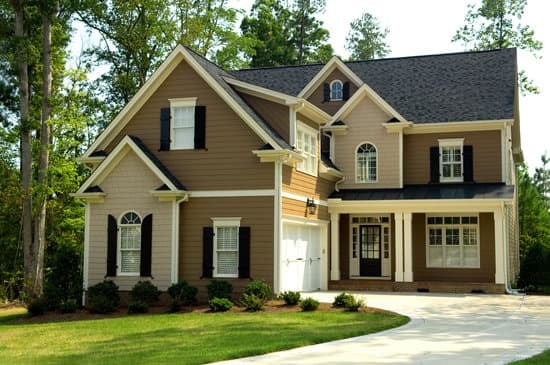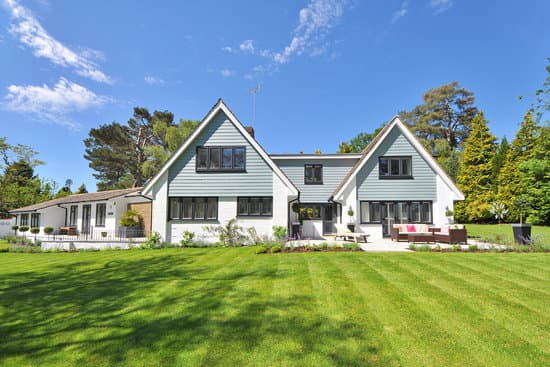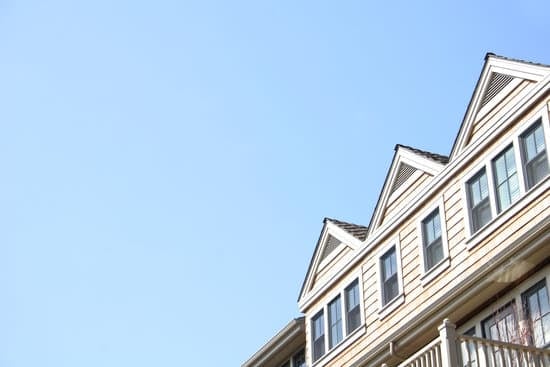When it comes to property flipping, one of the most important factors to consider is the return on investment. So, what is a good return on a property flip? The answer largely depends on the specific project and overall market conditions, but in general, a rehabber should aim for a profit of 10% to 20% of the after Repair Value (ARV).
Here are some important things to keep in mind when it comes to calculating your potential profit:
Location: The location of the property can play a big role in determining the potential profit. Areas with high demand and rising property values may allow for a higher profit margin.
Project Risks: The amount of work that needs to be done and the associated costs can greatly impact the potential profit. The more risks involved in the project, the lower the expected return should be.
Market Conditions: The state of the market can also play a role in determining the potential profit. A hot market may allow for higher prices and faster sales.
In general, a 10% profit is on the lower side, while 20% is considered to be a home run according to the standards of most rehabbers. However, it’s important to remember that every project is different. By carefully weighing the potential risks and rewards, and working with experienced professionals, you can aim for a good return on your property flip.





















